Introduction
This guide will show you how to install a catch can in your VE or VF Commodore fitted with an LFX engine (MY12+ Vehicles). This process is also very similar for late model Camaro vehicles fitted with the LFX engine.
Difficulty Rating
Tools/Parts Required
- Hose Cutters
- Socket Set
- Catch Can
- Oil/Fuel Hose (Internal Diameter 10mm)
- Mounting Hardware
- Cable Ties
Step 9
Neaten the installation with a few cable ties, re-install remaining parts, then the job is complete.
The dirty air will flow from the crankcase ventilation through the top of the catch can (Red). Within the catch can the oil particles will rapidly condense and collect in the bottom as a liquid. The clean air will then exit through the outlet and return to the engine via the intake manifold (Green).
This clean air will result in a huge reduction of oil deposits within your intake system. This means a cleaner, better performing engine. Don’t forget to empty the catch can alongside scheduled oil changes, or more frequently if required.
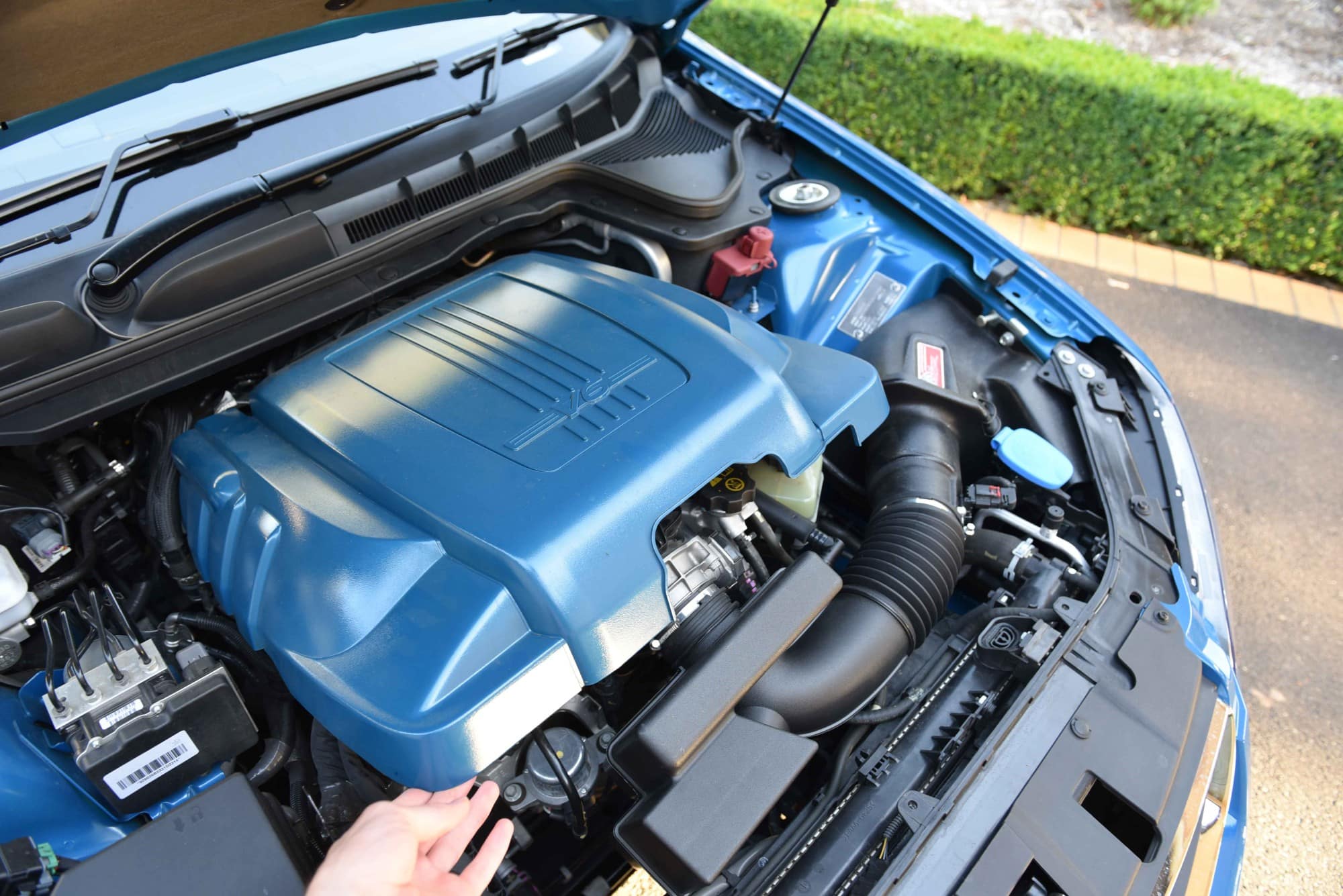
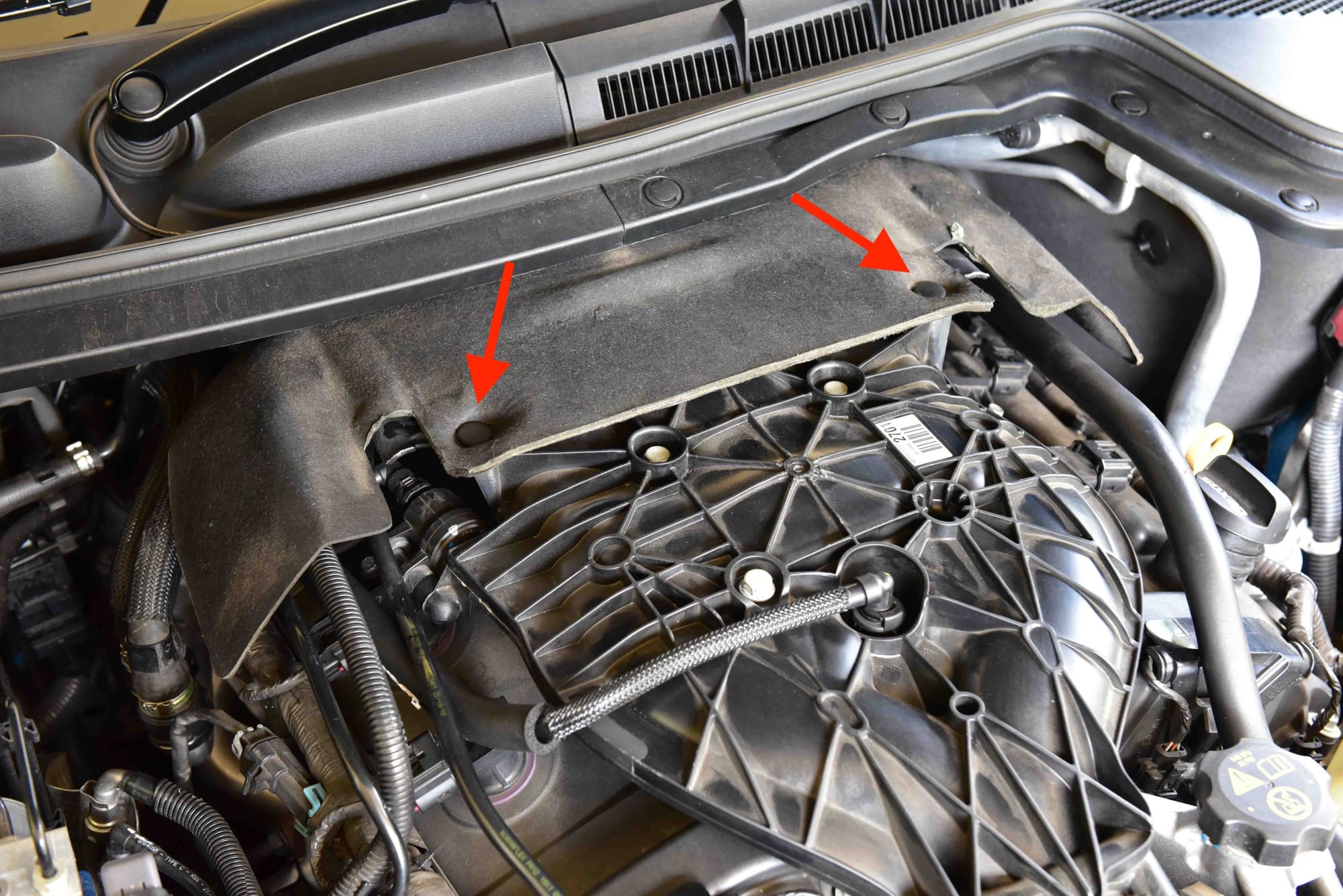
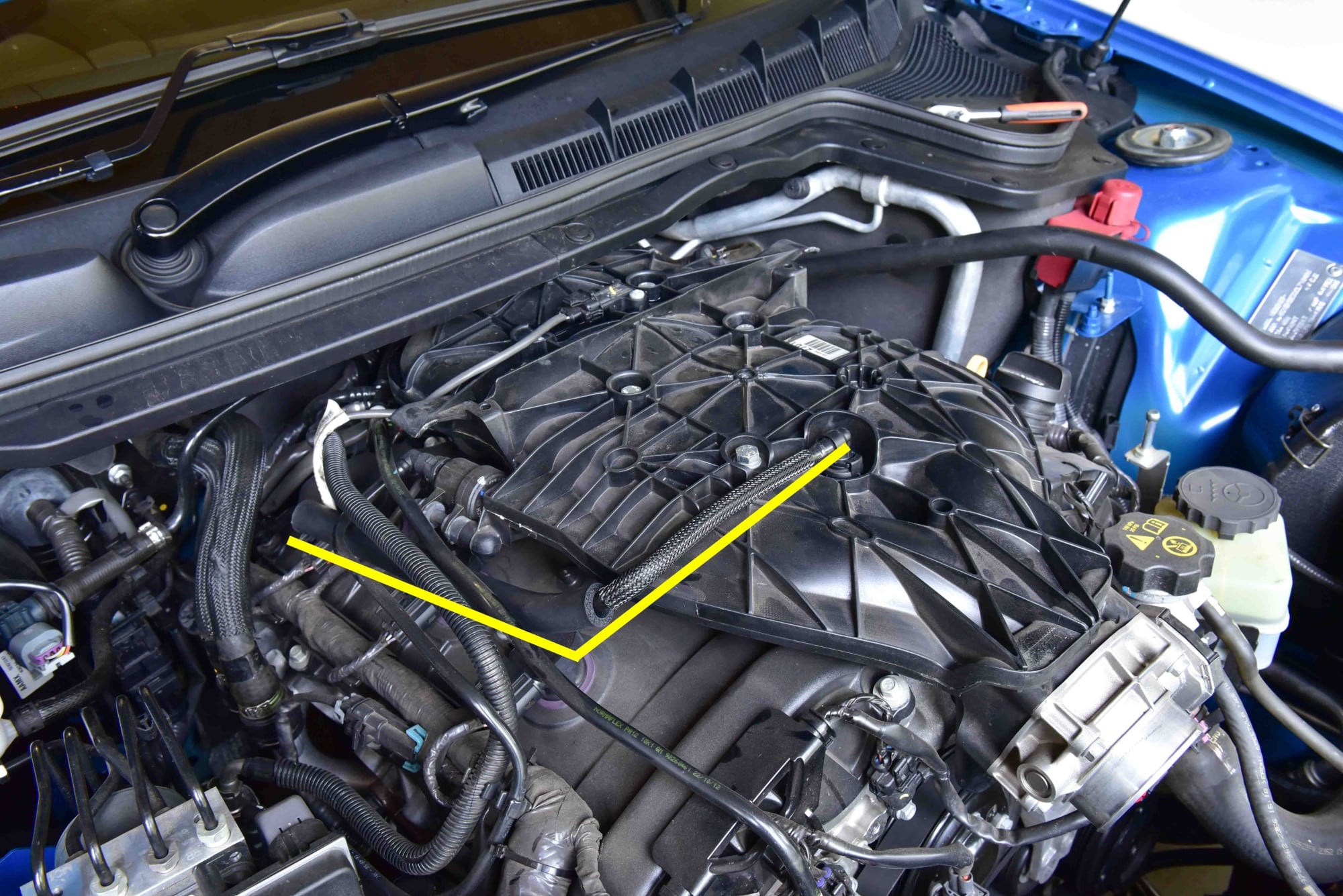
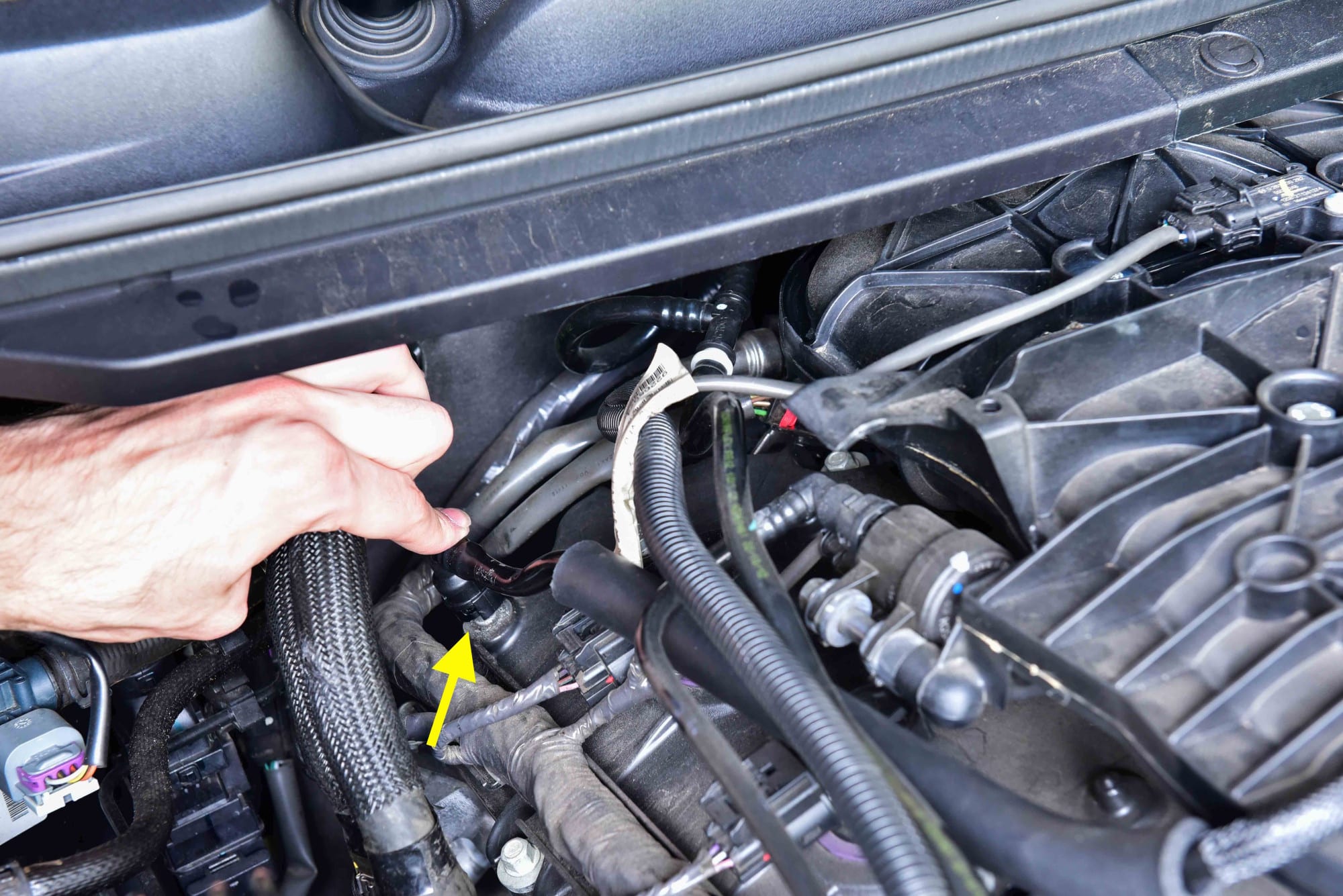
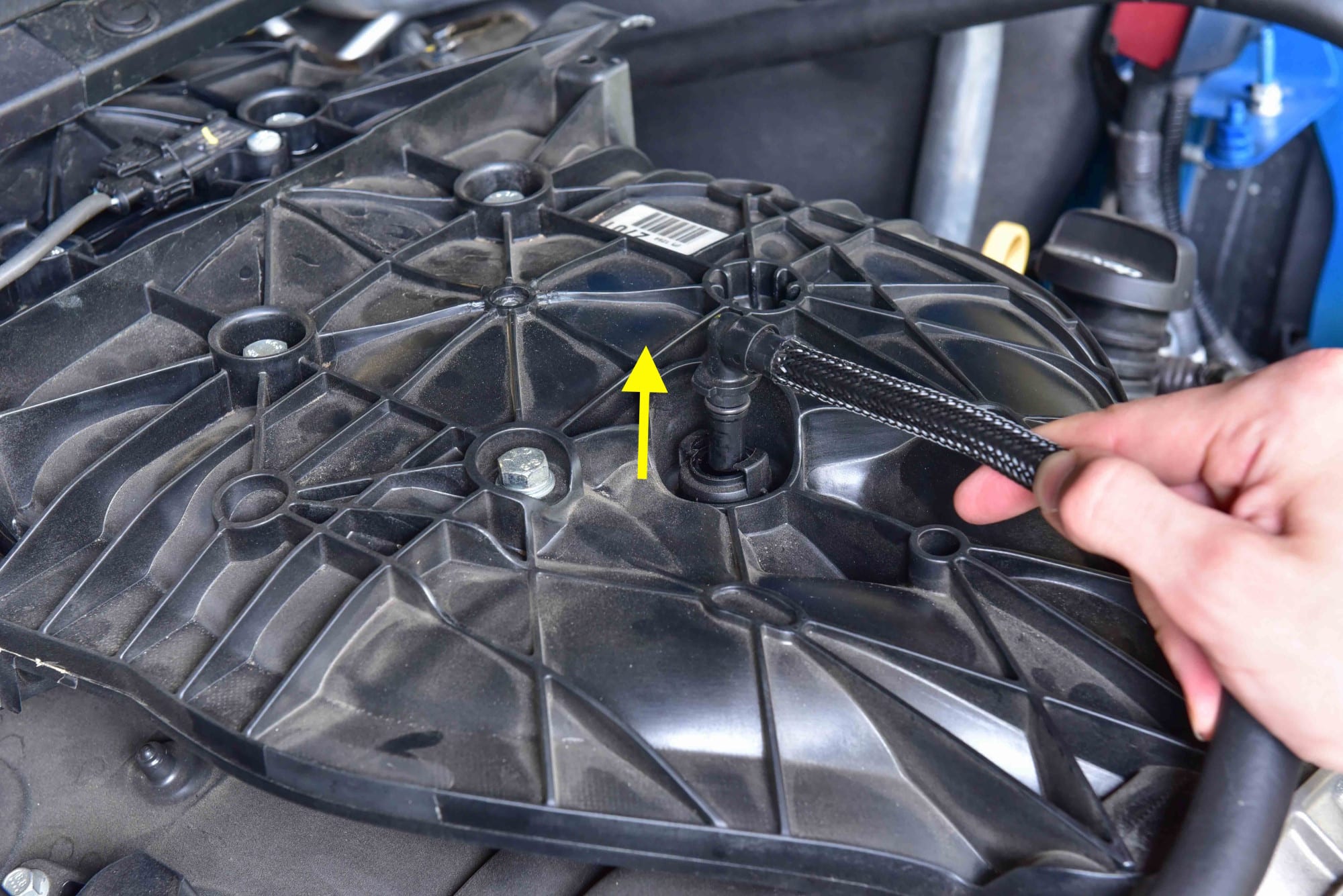
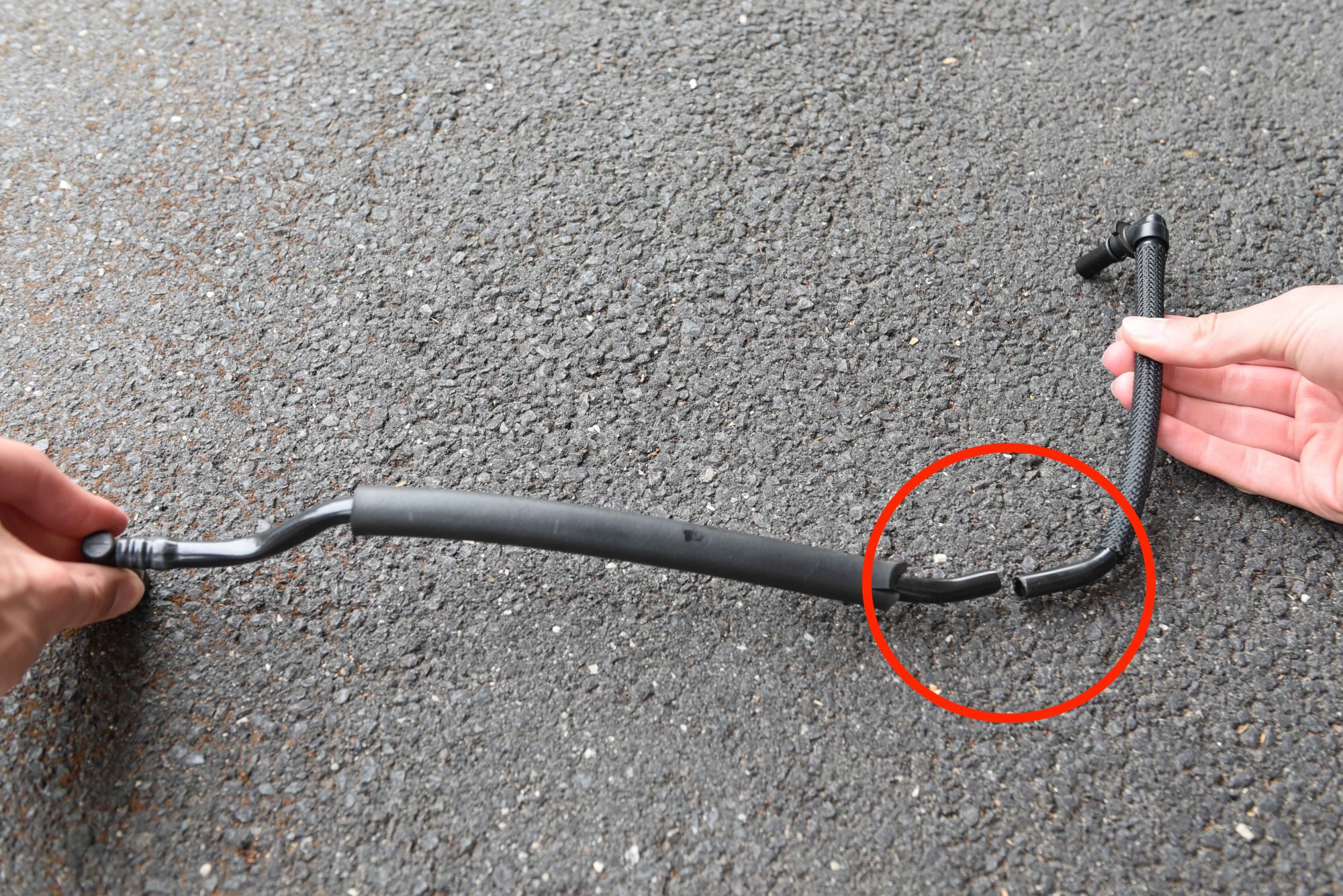
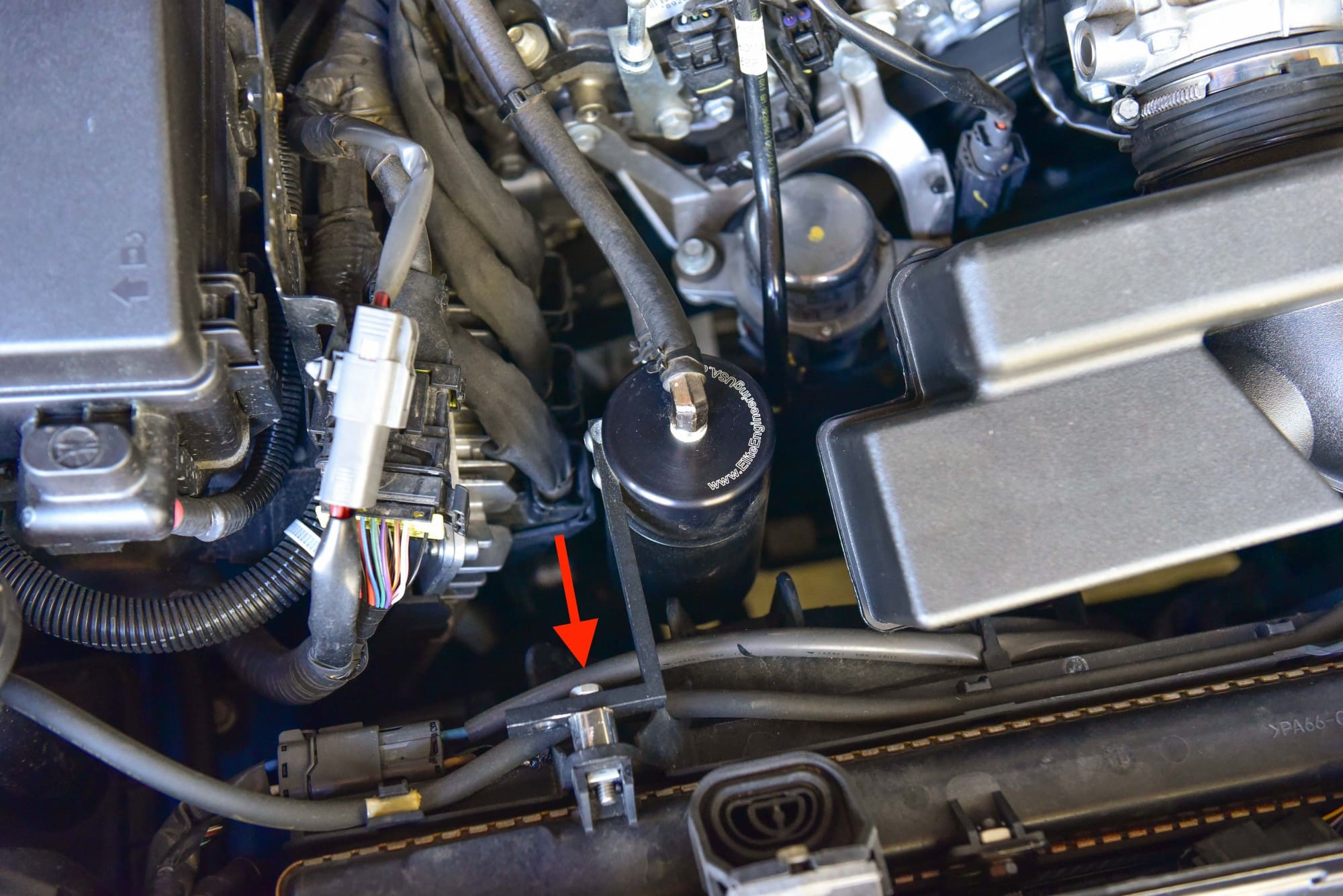
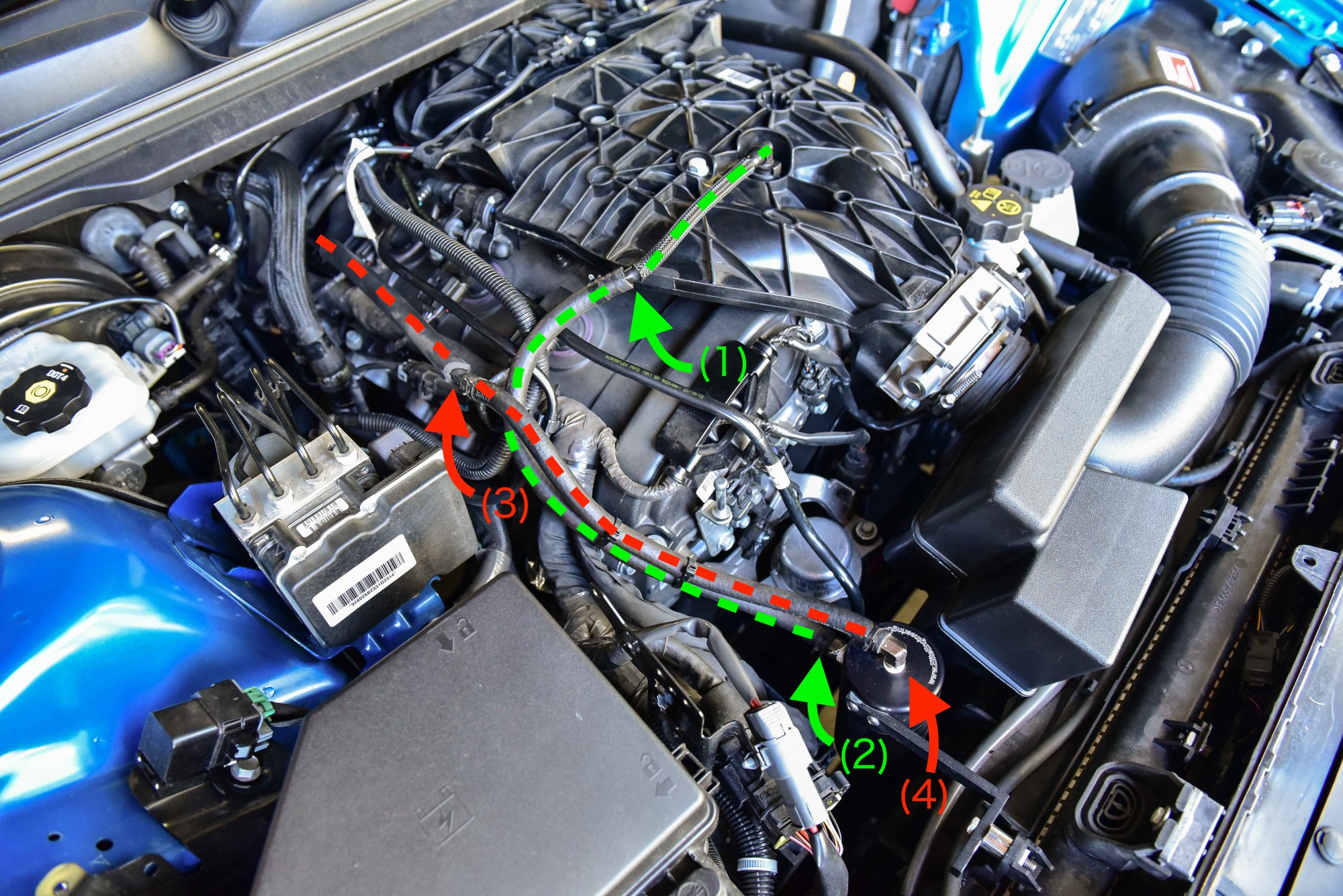
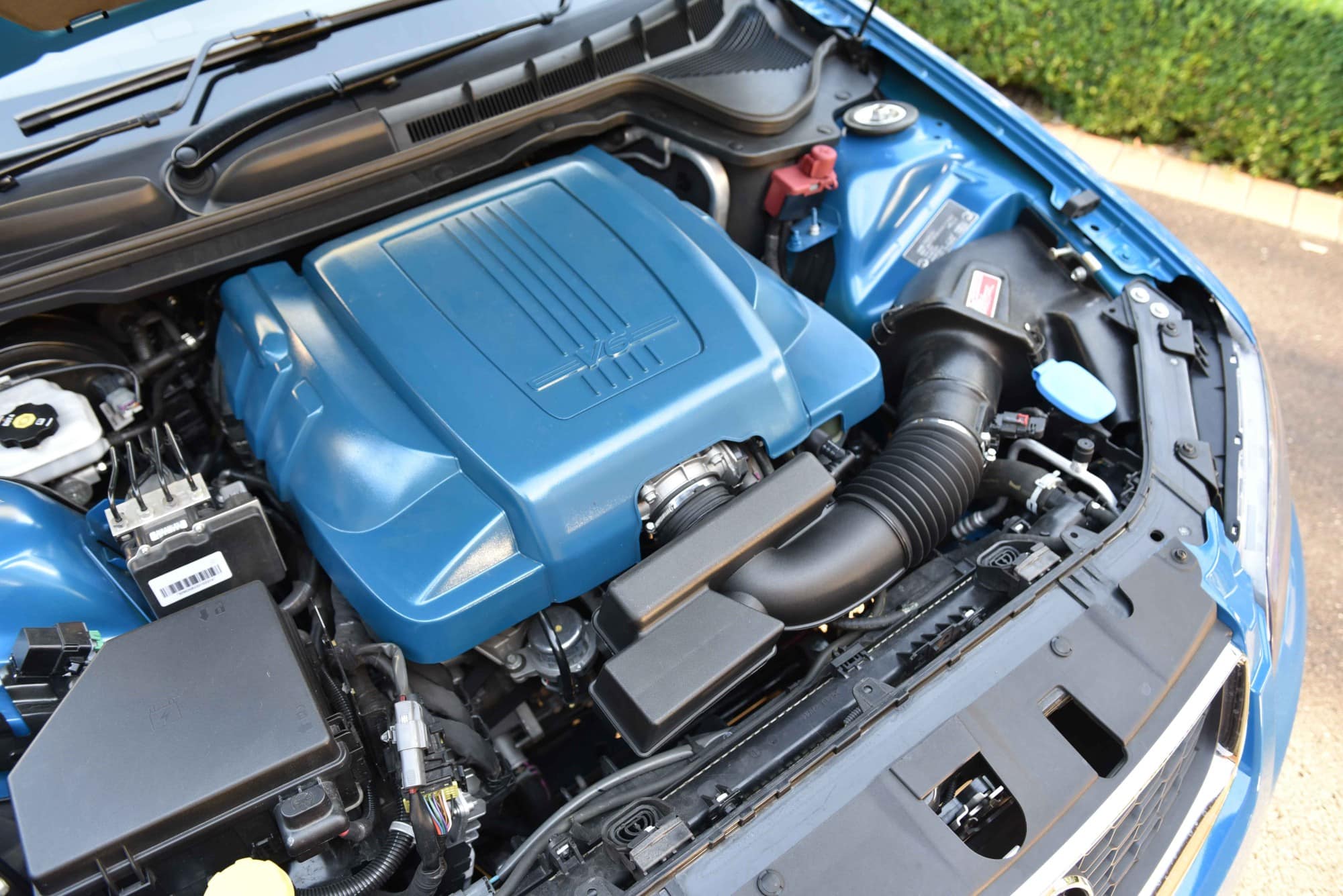
This Post Has 4 Comments
Hi , just wanting to know what diameter hose to use . Thanks
Hi Dave, We used a hose with an internal diameter of 10mm
Hi, how much 4 can? from ebay? it comes with mounting braket as well??
Thanks
Hello, You can find Catch Cans from eBay, to local automotive stores. Each is different. Ours is from Elite Engineering in the USA. We had to modify the bracket.